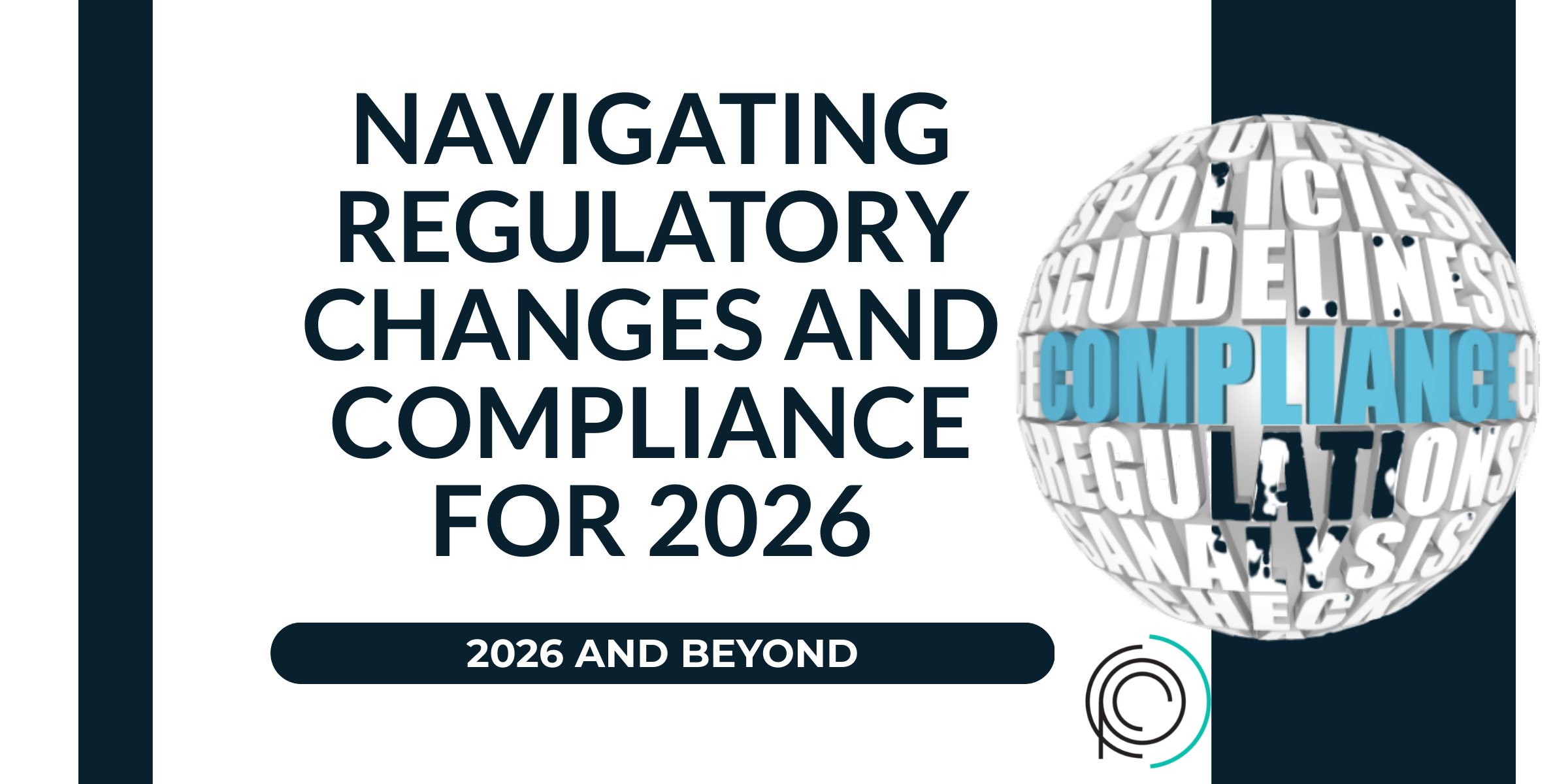Transforming Financial Services: Unlocking Operational Excellence Through Process Mapping
One key impetus driving organizations in the financial services industry today is the constantly shifting landscape. It is no longer enough to do what has always been done; and for many, the road to success and maybe even survival depends largely on how they evolve their operations, eliminate operational inefficiencies, and improve customer experience.
One much-ignored secret is that process mapping lies at the core of all modern transformations in financial services (be that Fintech or Legacy Banking). But why is it important, or even used at all?
To start with, process mapping is an optimally beneficial tool regardless of the industry in which it is deployed – primarily because it visualizes workflows and simplifies bottlenecks. So processes are broken down and documented in granular detail – whether that process is HR’s employee onboarding process or a Marketer’s customer journey map.
This describes much of what Process Mapping involves for players in the financial services as well. It’s a tool that forces decision-makers into an objective analysis of existing structures and workflows; allowing them to determine whether their structures are as efficient as they initially thought. The result is that you can now see the problems in front of you, and clearly identify the changes required to turn things around.
Getting Started: Why should you map processes?
The financial sector is constantly changing, and unsurprisingly so. You may be surprised to know that some of the industries’ legacy practices have not changed, holding some of our key players in the financial services sector hostage to old habits and die-hard mentality. Because it’s an industry that’s constantly asked to adapt to legal, technological, and societal trends, institutions in that space are finding it essential to manage their processes with lasting effect. After all, poor process management remains one of the most cited reasons for business failure in the industry.
According to the OECD, the inability to navigate market pressures to boost revenue and eliminate inefficiencies lies at the heart of many closures, mergers, and acquisitions amongst players in financial services over the past decade. This is perhaps why the best reason for process mapping is that it is the best bedrock for Business Transformation.
That sounds like a very simplistic aggregation, but only until one realizes how the degree of complexity involved in financial operations. Players are constantly held back by the need to optimize workflows and maximize efficiency. Thus, to take the next step, process mapping is vital when planning for every initiative on your strategic roadmap, including:
- Business continuity,
- Customer experience (CX) improvement,
- Operational resilience,
- Increased revenue generation,
- Workflow Automation (or AI),
- Robotic Process Automation (RPA),
- Business intelligence, etc.
Whether it’s for Mortgage lending, Commercial client onboarding, Collections, or branch management – mapping your processes first has already been shown to drastically improve outcomes for a wide variety of players across the industry. Usually, you find that the institutions that put the proverbial “transformational trends” cart before the process-mapping horse when undertaking these business initiatives are the ones that fail. For the ones that are successful, again, it is easy to see why. There’s an exhaustive understanding of their operational and customer journey processes. This helps them establish the timings and expectations of each structure and step. And with those insights, it’s easier to spot potential risks and actions necessary to make improvements.
What are the benefits?
As this definition by Gartner rightly suggests; Process Mapping is how you break through the thick fog of operational complexity.
Crédit Agricole, a juggernaut European Investment Bank, is a fantastic example. The bank wanted to reinvent bank wanted to reinvent its customer payment processes -creating and then utilizing about 64 detailed process maps to reach this goal. In the end, the bank was able to eliminate an outstanding 960 hours per month wasted to duplicate work and another 480 hours wasted per month due to inefficient operating processes. They also unlocked 10% productivity gains, suffered fewer delays, and got fewer complaints from customers.
Crédit Agricole’s example is proof that for an Institution that wants to transform itself and stay on top of the industry, a process map is a fulcrum on which transformation sits. Below, we expand on some of what the benefits could be for your organization:
Spot and eliminate bottlenecks in operations:
It goes without saying that there’s a lot of intricate work in financial operations; all of which can be demanding and ultimately overwhelming. Having a process map means that you can spot bottlenecks, quantify proactive and reactive responses for your cross-functional teams, and minimize the risk.
Not only do the insights from a process map allow you to spot problems, but it also allows you to choose the right tools, policies, and actions in response. Because you are making decisions from a Birds-eye perspective, you are able to optimize workflows and eliminate inefficiencies without risking other stable parts of your operation.
Increased visibility and transparency:
This is also one of the foremost benefits of process mapping in financial services -particularly the end-to-end, start-to-finish clarity it provides regarding the process.
Since a process map typically shows both the various stages of a process and the identities of process owners (including employees responsible for their completion), there is greater incentive and pressure for accountability. All of a sudden, it becomes clear where systems aren’t properly integrated, or where people are having to do manual workarounds due to shortcomings in the software.
Compliance:
Financial services compliance requirements exist for a reason. To put it simply, financial institutions are among the most targeted verticals for cyberattacks, and these regulations are a way to ensure that organizations maintain a minimum standard of protection.
Companies usually need to ensure regulators that they have a comprehensive understanding of the risks involved. Moreover, they must demonstrate their commitment to fair treatment of both customers and suppliers, fostering trust and ethical business practices.
Process maps are vital to track the ebb and flow of information through your processes and ensure complete adherence to industry requirements like ISO, GDPR, PCI DSS, GLBA, Basel III, and AML/KYC Compliance.
If your institution strives to hold itself to or above the industry’s standards – or it wants to be able to play for longer at the big table – compliance is key. Compliance regulations, again, are a minimum standard of protection, commonly referred to as “checkmark compliance”. Thus, process mapping may not even be optional, since this is one advantage it provides that you are mandated by law to have.
Greater efficiency with collaborations and resources:
Process maps make it easier to generate a complete output of your processes and all of the related information. Put that into print, and you have an excellent collaborative tool that allows your employees to share information widely.
Not only will this facilitate greater advantages for your organization, but it will also be the first step towards engendering them into the culture. You are better able to learn what constitutes best practice for your institution and be alerted when you are moving away from it.
This will develop best practices and facilitate greater efficiency; exposing unused and under-utilized resources and allowing you to take better advantage of them along the length of the process.
Employ the right tools and the right professionals
Being a participant in the financial services sector, outlining your core operational and customer-journey processes can feel overwhelming. With numerous major processes and thousands of component tasks involved, each one needs to be identified and documented at a detailed level of one to five minutes. Despite common beliefs, this task doesn’t have to span across years or require an army of consultants working around the clock. Some professionals specialize in process mapping, and they have the right tools to make this a seamless process.
Consider partnering with experts in process mapping to help your organization reach its full potential. By utilizing their expertise and efficient tools, you can quickly create detailed process maps that will be valuable assets for your institution’s transformation journey. With these maps in hand, your organization can streamline operations, improve compliance, and ultimately achieve success in the ever-changing financial services industry. So don’t hesitate to invest in process mapping for your organization’s growth and success.
Our strategic sourcing capabilities make it easier for us to take the required front-line approach and document all existing activities and tools end-to-end, with minimal disruption to the day-to-day business. That way, you can maximize your productivity gains, suffer fewer delays, and get fewer complaints from customers. And more importantly, deliver business results and service excellence across the organization.
With a process map in place, your financial institution will be better positioned to adapt to industry changes, identify areas for improvement, and stay ahead of the competition. It is an integral tool that allows you to not only streamline your operations but also foster collaboration, ensure compliance and maximize resources. By employing the right tools and professionals, you can efficiently create a process map that will lead your institution toward success and growth in an ever-changing financial landscape. If you’d like to explore how Process Mapping can help your business, connect with one of our experts today.






